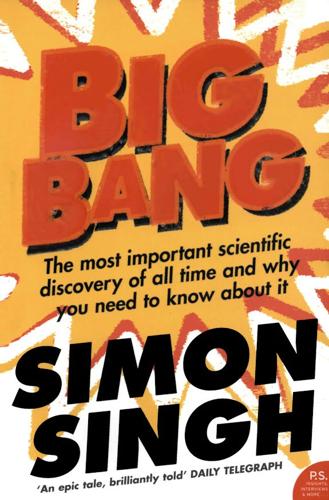
E=mc2: A Biography of the World's Most Famous Equation
by
David Bodanis
Published 25 May 2009
Normally we couldn’t notice this light being bent by the sun, because it would apply only to starlight that skimmed very close to the outer edge of our sun. Under ordinary circumstances the sun’s glare would block out those adjacent daytime stars. But during an eclipse? Every hero needs an assistant. Moses had Aaron. Jesus had his disciples. Einstein, alas, got Freundlich. Erwin Freundlich was a junior assistant at the Royal Prussian Observatory in Berlin. I wouldn’t say he had the worst luck of any individual I’ve read about. Possibly there was someone who survived the Titanic, and then decided to try a ride on the Hindenburg. But it’s probably pretty close. Freundlich was going to make his career, he decided, by shepherding the great general relativity equations forward, and performing the observations that would prove Professor Einstein’s predictions were 207 till the end of time right.
…
In mid-1999, NASA launched a large satellite for deep space observation, capable of capturing images from the very edge of black holes. The satellite crosses over much of the earth—the Arabian Sea, Cambridge, and Chicago included—in its mission, and it is called the chandr a x-r ay observatory. Although erwin freundlich missed out on the 1919 eclipse expedition, his spirits recovered when industrialists in the new Weimar Republic donated large funds to build a great astronomical tower in Potsdam. This would allow further tests of general relativity’s predictions, even in periods when there was no eclipse. Zeiss supplied the equipment, and Mendelsohn, the great expressionist architect, designed the building—it’s the famous Einstein Tower featured in many books on 1920s German architecture.

Big Bang
by
Simon Singh
Published 1 Jan 2004
Newton’s theory of gravity also predicted that heavy objects would bend light, but to a lesser extent. Consequently, if somebody could measure the bending of light by a massive celestial body, then whether it was slight or very slight would determine who was right, Einstein or Newton. As early as 1912, Einstein began collaborating with Erwin Freundlich on how to make the crucial measurement. Whereas Einstein was a theoretical physicist, Freundlich was an accomplished astronomer and therefore in a better position to say how one might go about making the observations that would discern the optical warping predicted by general relativity. Initially, they wondered whether Jupiter, the most massive planet in the Solar System, might be big enough to bend the light from a distant star, as shown in Figure 25.